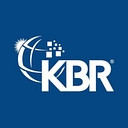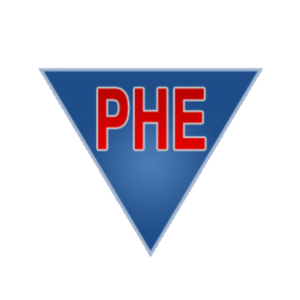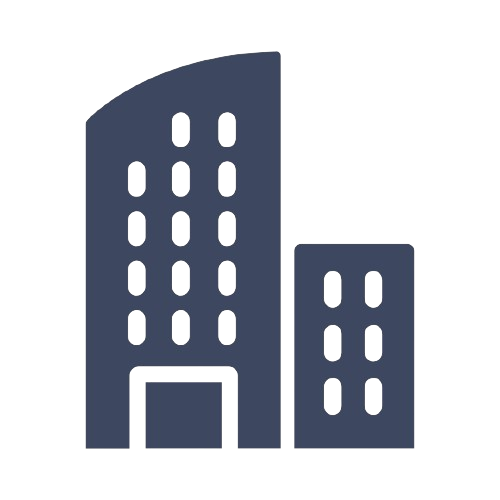Job Overview & Purpose Cochlear develops products, systems and tools with electromechanical hardware and software components.The Systems Verification and Validation (V&V) team works to protect the experience and trust that customers have in Cochlear, with a final, independent evaluation of these products and systems. The Verification and Validation Engineer is responsible for delivering high quality, comprehensive and user-centric V&V test methods, coverage and evidence to demonstrate that the products, systems and V&V tools meet intended specifications and customer needs. The Verification and Validation Engineer is responsible for ensuring that V&V outputs are delivered to project timelines, contributing to continuous improvements in testing and processes to maximise efficiency. The Verification and Validation Engineer uses multidisciplinary approaches and collaboration with other V&V engineers, design engineers, project management and quality engineers to deliver high-quality product and system releases to Cochlear’s customers. Accountabilities Accountability 1: System and Product Design Verification and Validation (V&V) Enable the release of high-quality systems and products, with electromechanical hardware and software components, by applying design verification and validation activities and processes to ensure that intended specifications and customer needs are met. Ensure, through collaboration and review, that design inputs (including needs, requirements) are testable. Develop, improve and maintain test methods, cases and protocols of high quality (scientific, robust and scalable). Execute, and coordinate execution of, automated and manual tests according to plans, and using a range of test methods and equipment. Produce test artifacts (including test results, other objective evidence) and reports of high quality (accurate and comprehensive). Troubleshoot issues encountered in testing, and debug test issues (including method, setup, equipment, script issues). Communicate issues to technical and non-technical audiences, meaningfully and concisely. Produce and maintain high quality documentation of V&V deliverables, under change control, to comply with Quality Management System (QMS). Provide peer review of V&V documents. Accountability 2: Project Delivery and Communication Align with V&V project lead on required V&V tasks and priorities. Deliver on required V&V tasks to meet project timelines. Communicate V&V delivery status and risks to project stakeholders, actionably and concisely. Contribute V&V needs (including skills, equipment and resourcing) and inputs to project plans, and suggest risk mitigation strategies to protect quality and schedule. Initiate escalation of project issues and risks to V&V project leads, project management and resource managers and propose solutions to protect schedule and resolve issues. Accountability 3: V&V Processes and Tools Introduce, maintain and continuously improve tools used in V&V. Contribute to, maintain and continuously improve V&V test automation. Establish, manage and maintain inventory required for V&V delivery. Follow V&V processes and QMS procedures. Contribute to continuous improvements of V&V processes to increase V&V output quality and efficiency, while ensuring compliance with regulatory, standard and business requirements. Accountability 4: Team Contributions Share and seek knowledge, ideas and experiences with V&V and project teams. Collaborate and negotiate cross-functionally (including with other V&V engineers, design engineers and project managers) to achieve the best customer and business outcomes. Team Job Individual contributor: Follow relevant quality procedures to deliver quality products and services and identify and support the implementation of continuous improvement. Undertake additional quality responsibilities (e.g., audit) when appropriately trained to undertake these responsibilities. Contribute ideas on systems and process methods to improve deliverables. Work safely, complying with all safety procedures, rules, and instructions; and reporting workplace hazards, incidents, or injuries to manager. Minimum Key Incumbent Requirements Required Skills Concise and accurate technical communication (written and visual) Formal documentation (for example, writing reports and managing spreadsheets) Application of scientific approaches (for example, hypothesis testing) Data collection, and data or statistical analysis Attention to detail Problem solving Troubleshooting issues, especially with systems having electromechanical hardware and software components Desired Skills Concise and accurate technical communication (verbal and presentation) Application of design principles and approaches (for example, systems engineering, requirements creation and management) Programming (for example, using Python or C++) and debugging Application of research skills (for example, direct observation, experimentation and critical analysis) Proficient and safe use of instrumentation (including digital oscilloscopes, multimeter, sensors and measuring tools) Solving problems related to complex systems, including using systems thinking, systematic approaches and cross-functional inputs Proficiency in a broad range of test methods and equipment (for example, bench testing, usability testing) Management of project risks within small to medium projects or work packages Identification of corner and edge cases Application of control and automation principles (for example, state-based programming, Programmable Logic Controller (PLC) use, robot control) Certifications N/A – not required. Education Tertiary qualification in an applicable Engineering or Science discipline (for example, Electrical, Electronics, Mechatronics Engineering) Completed at least one introductory-level programming course Languages English – Fluent Work Experience Working within a professional engineering environment – 1 year















